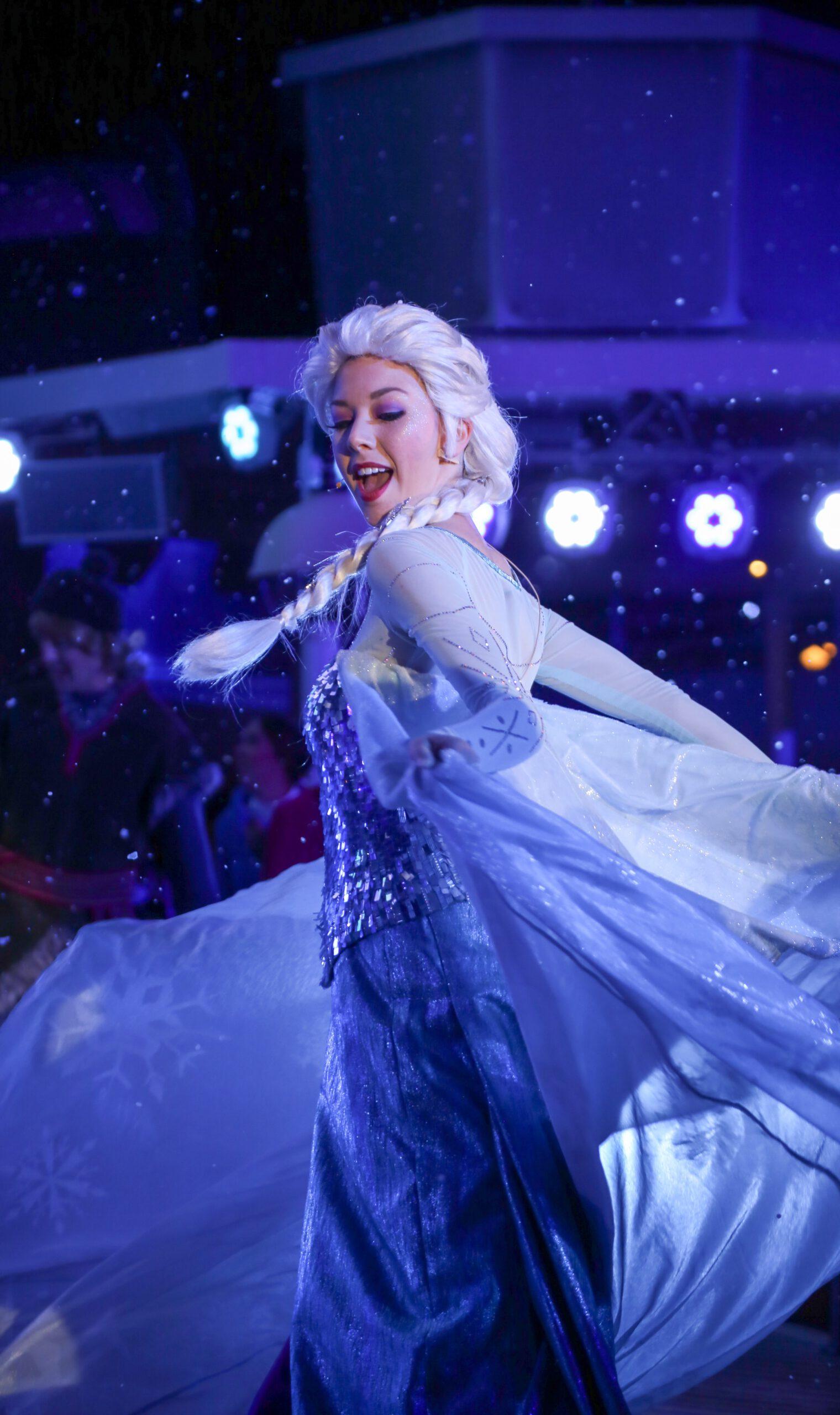Disney Has challenged heteronormativity, but there is still fuss about a gay princess?

What makes a classic Disney princess movie? A singing Disney princess, a fun side-kick, or a beautiful animation? All of the above, thrown in with a prince-saving-the-princess narrative, love being the prime goal, and this love being between a man and a woman. Although the Walt Disney Company has gone a long way in challenging this heteronormativity and cliché- fairytale portrayal, it needs to move into the 21st century and create a gay princess
Let’s move back to the start of Disney princess movies: the very first one was Snow White and the Seven Dwarfs released in 1937. As in many fairytales and Disney movies, a common theme here is the saving of something valuable. In Snow White and in many movies that followed, the ability to save a loved one or a kingdom is commonly given to the male character. Snow White is therefore presented as a naive stay-at-home woman whose main hobby is cleaning which reinforced the gender roles of the 1930s. This stereotypical image of a woman also appeared to tolerate the toxic dynamics between Snow White and the seven dwarfs. As she takes on the role of being their servant, their mother, and someone these old guys find attractive, the movie can definitely be called sexist.
Luckily, this stereotypical portrayal has changed over time and as women’s rights developed, so did their portrayal in Disney movies. Though it was not until the dusk of the 20th century, in 1998, that Disney went from portraying Snow White as someone who needs saving, to smashing gender roles by giving the world “Mulan.” Disguised as a man, Mulan takes her father’s place in the Chinese army to fight the Huns. She doesn’t only manage to save herself without the help of a guy, but she manages to save her entire kingdom. Her love interest is also a side-issue to the story which was a start of creating strong princesses who put their determination and dreams first. Eventually, this led to the makings of “Brave” and “Moana,” that manage to be good stories without even feeling incomplete for not having a prince.
Moving from Snow White to Moana, Disney sure made a jump. It jumped as far as to eventually end up in the year 2020, a year when many perform social-distanced Disney movie marathons while longing for the first gay princess. Others, however, strongly criticize such new adaptations during a time when the ancient movies turned into childhood classics. Being a classic like the 1937’s Snow White implies both a status quo and a loosening-up from that. Loosening-up has meant creating new versions of classics like The Little Mermaid. Among other factors in the 2021 version, it served the purpose of slowly eliminating racist features like overly white representation in movies. But what about movies that seem to be completely a product of our modern world? Are they at some point erasing the original fairytale that Disney often draws inspiration from
Many fairytales sure contain a hero-prince or a fight-for-love story, but like in Disney movies, these are not key ingredients: it seems to be about heroism and magic, but most importantly, they teach a moral. So spreading a moral in a story is arguably maintaining its fairytale essence. This leaves everything else subject to change, which Disney has done over the last decades: in many cases it has moved away from the love-interest centered prince-saving-the-princess narrative.
However, it still sticks to the princess and prince narrative. Many people have called on Disney to challenge this heteronormativity, for example by creating the Twitter hashtag #GiveElsaagirlfriend, wanting the creators of Frozen to make Queen Elsa the first openly gay lead role. Others, however, argue that Elsa represents emancipation, so should therefore not have a partner of any gender (Hanna). Needless to say, there is constant discussion about a gay princess. In a time of increased LGBTIQ+ representation in TV shows like Modern Family, Glee, or Orange is the New Black, this seems long overdue. Other people however argue that it may get too much backlash. In fact, not only a few single people oppose a gay princess, but countries like Russia have banned the new Beauty and the Beast for the fact that LeFou is to be crushing on Gaston (Lindy). Other people argue that a Disney movie should not be ground for political discussion (Lindy).
However, a multi-billion dollar company without a doubt has power and therefore an obligation. It had the power back in the 1930s and for decades to follow to present women in a stereotypical way and it just recently got rid of these stereotypes. When will it use that power to give the world a gay princess? It can’t possibly take another six decades to do so. Having an LGBTIQ+ princess gives representation and further challenges norms. Though some countries may oppose this, it comes down to the kid that wants to see a princess be kissed by a princess because that’s what they look up to. Additionally, as Disney creates views of the world, it would be comforting to think that children grow up with movies presenting the side of our world where you can be anything. Who knows who else will follow from there?
It’s also not like Disney would abandon certain old portrayals in new movies or store away childhood movies, even if they are as sexist as Snow White. And they shouldn’t. They are part of the narrative as well and help us to remember the past. But the last thing this world needs more of is clichés. Creating new and different movies would help neglect that and diminish any “fuss” there has ever been.
Hanna, Aoife. “Brits Are Backing A Gay Disney Princess So Here’s Why It’s Gotta Happen ASAP.” 20 August 2018. Bustle. 26 November 2020.
Lindy. “Will There Ever Be an LGBTQ+ Disney Princess?” 10 November 2018. Medium. 26 November 2020.
